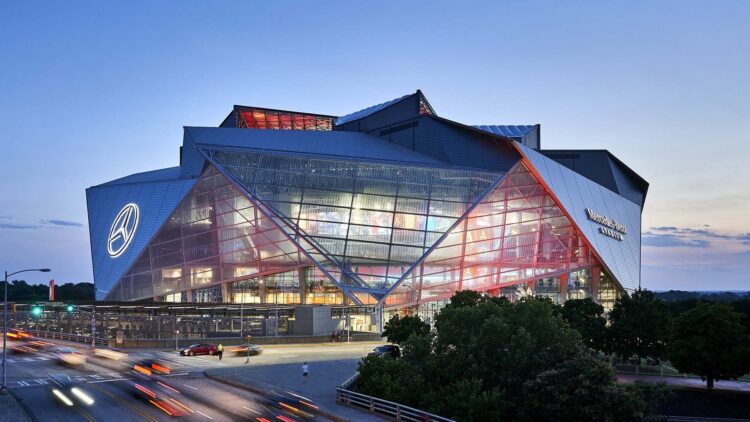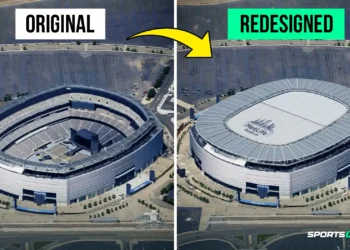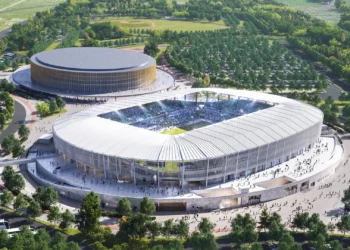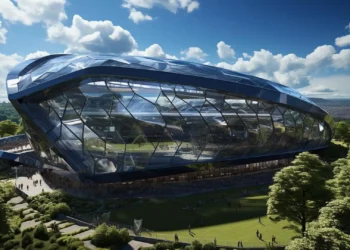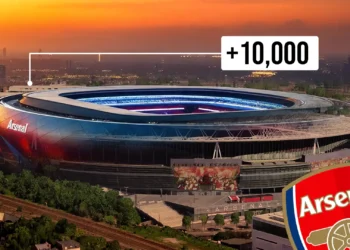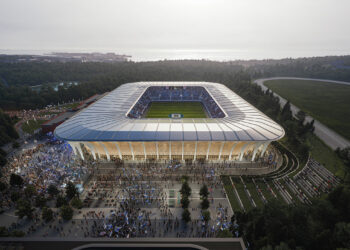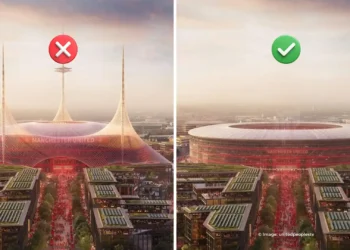With each passing year, technology continues to advance. While it’s unlikely we’ll ever see football supporters opting to watch games at home using virtual reality glasses and headphones instead of attending in person, improvements in television coverage and other media could lead to a significant decline in match attendance if football clubs aren’t cautious.
Admittedly, ticket prices play a major role in this issue. However, there are still measures that club owners and operators can take to maintain strong attendance numbers.
Considering this, it’s important to explore what the future holds for football stadiums.
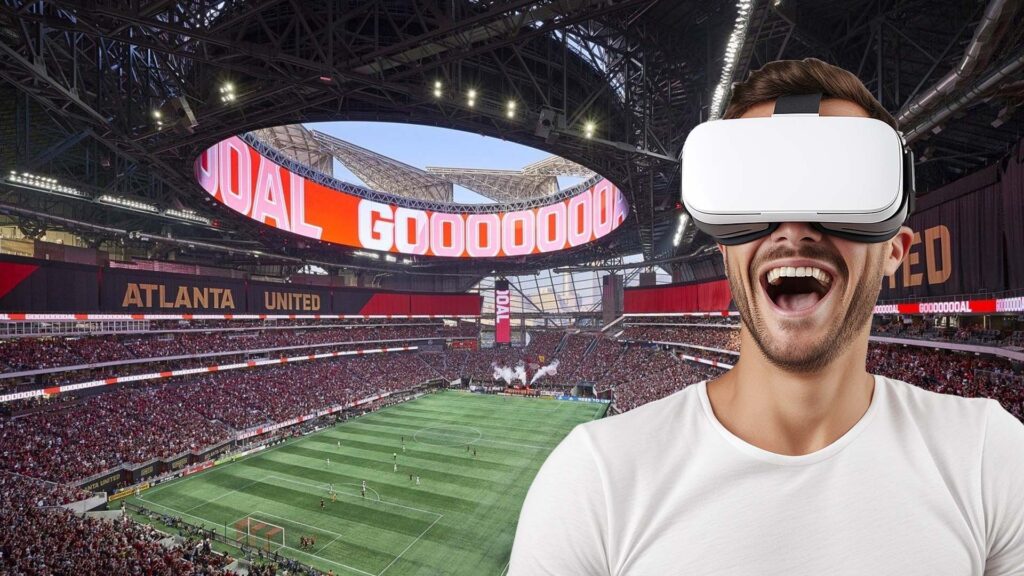
How are football stadiums likely to evolve? What can supporters expect? Will the lower divisions follow the top ones, or will the gap between rich and poor clubs widen further? Could advancements in technology lead to unforeseen changes? If we had the ability to foresee the future, we likely wouldn’t use it solely to predict changes in football grounds, so much of this is speculative.
But isn’t that the fun of exploring such topics?
Bowl Seating
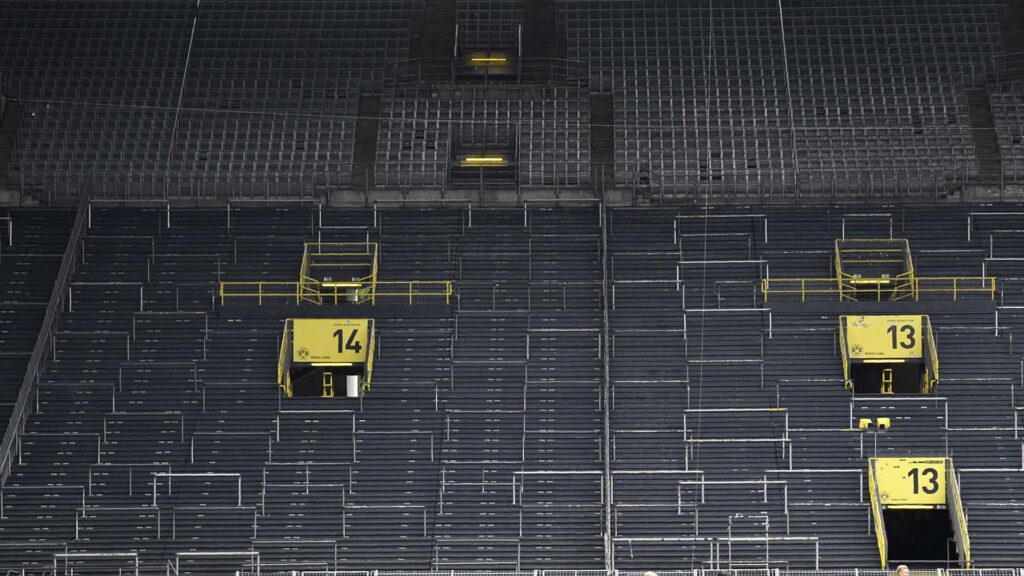
In the early days of football stadiums, designs were centered around the pitch. This meant a stand on each side of the field, evolving from simple ropes and polite requests to keep spectators off the pitch to more structured seating. Each stand was separate and distinct, with no real connection between them to prevent supporters from moving around the stadium.
In recent years, however, a trend has emerged for stadiums to be built in a bowl style, originating in Europe and making its way to the UK with each new ground. This design has gained popularity for several reasons beyond just architectural trends. Primarily, a well-designed bowl stadium offers unobstructed views of the entire pitch from any seat. The bowl style eliminates the need for stanchions to support the roof, which often caused obstructed views for supporters in traditional stadiums.
Safe Standing
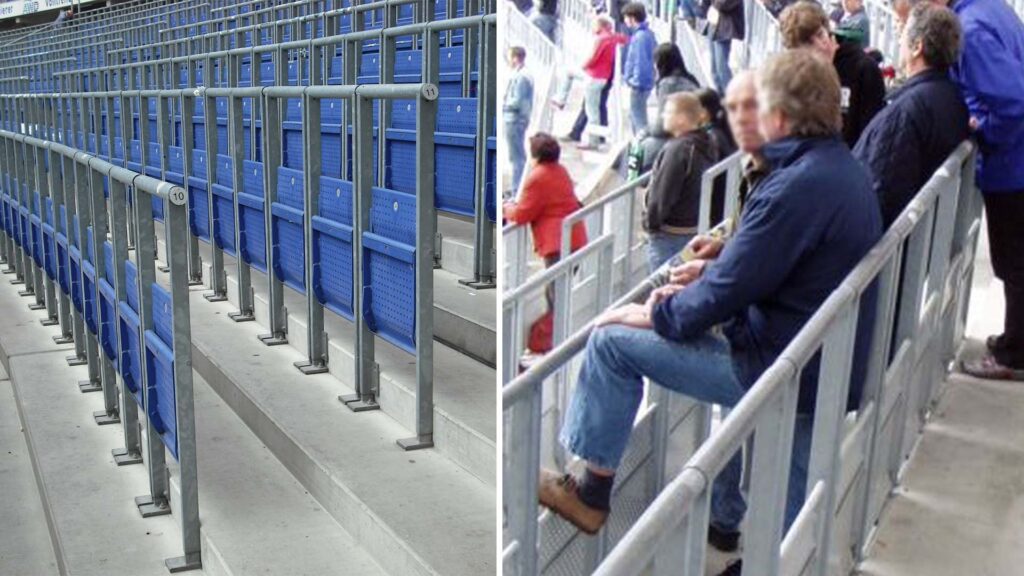
One of the most significant changes likely to occur in stadiums in the near future is the introduction of safe standing sections. Standing was abolished for top clubs following the Hillsborough Disaster in 1989, despite the fact that it was police incompetence, not standing, that caused the tragic deaths of 96 innocent men, women, and children.
Currently, many supporters stand during matches despite the no-standing rule, which creates unsafe conditions. With a chair in front of you, there’s a risk of falling during moments of celebration, or someone behind you might fall and land on top of you. It’s nearly impossible for clubs to make entire sections sit down, as ejecting thousands of people simultaneously is unrealistic. Therefore, safe standing is the best way for football clubs to ensure the safety of fans who regularly attend matches.
Another undeniable benefit of safe standing is increased attendance. More people in the stadium means higher gate revenues, translating to more money for the clubs. Football clubs rarely turn down opportunities to increase their revenue. Fans are also likely to appreciate it, given how difficult it is to get tickets for the most popular clubs. While safe standing might face some opposition, particularly from the families of Hillsborough victims, its introduction seems increasingly imminent.
Multi-Purpose Venues
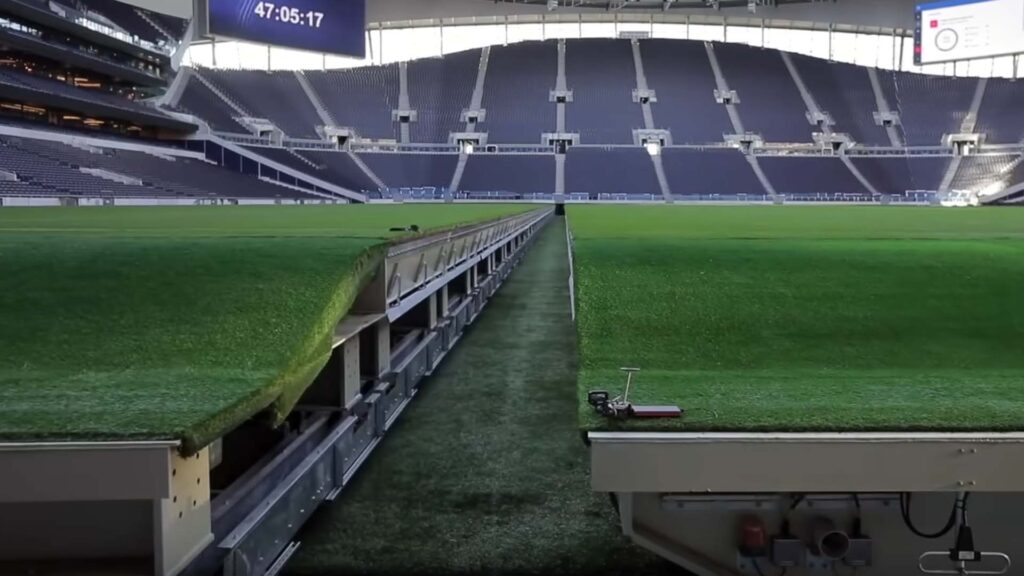
The theme of revenue generation continues when considering that many clubs have hosted various sports at their grounds over the years.
Since its reconstruction and reopening in 2007, Wembley Stadium has frequently hosted National Football League (NFL) games. Several other football grounds have also adapted to this trend, with Real Madrid’s Santiago Bernabeu stadium being a notable example.
However, accommodating rugby, football, and entirely different sports like the NFL is challenging due to the differing pitch layouts required for each sport.
Introduction of Technology

Undoubtedly, technology will dramatically transform the way we experience football in the future. Traditionalists may resist, but younger supporters expect more from their time at a football ground than just watching the game. They are accustomed to watching live matches on television with instant replays from multiple angles and playing video games like FIFA and Pro Evolution Soccer, which provide detailed player stats such as fatigue levels and running speeds. It’s not far-fetched to imagine that such stats could be shared with supporters in real-time once the technology permits.
This might be achieved through screens embedded in the back of seats, but it’s more likely that clubs will leverage the supercomputers we all carry in our pockets: smartphones. The U.S. Bank Stadium in America is already setting a precedent, with over a thousand Wi-Fi access points allowing fans to order food, drinks, and merchandise from their seats and access abundant video content.
Even the introduction of reliable Wi-Fi would significantly enhance the fan experience, as large crowds currently overwhelm 4G networks. As more fans seek to engage with social media during games, the development of technology to support this will become increasingly likely.
Fear of change

Everything we’ve discussed so far will cost clubs money to implement. There’s a reason why clubs like Tottenham, Real Madrid, Manchester City, and recently Barcelona, are investing in developing and upgrading their stadiums.
Undoubtedly, there will still be a desire to watch football in the ‘old fashioned way.’ For every fan who wants to follow stats on their phone and watch replays on seat-back screens, there’s another who prefers to let the football speak for itself and will happily attend lower league games if necessary.
Unfortunately, this may not be enough, as fans primarily want to watch their beloved club play, and breaking that bond is challenging.

